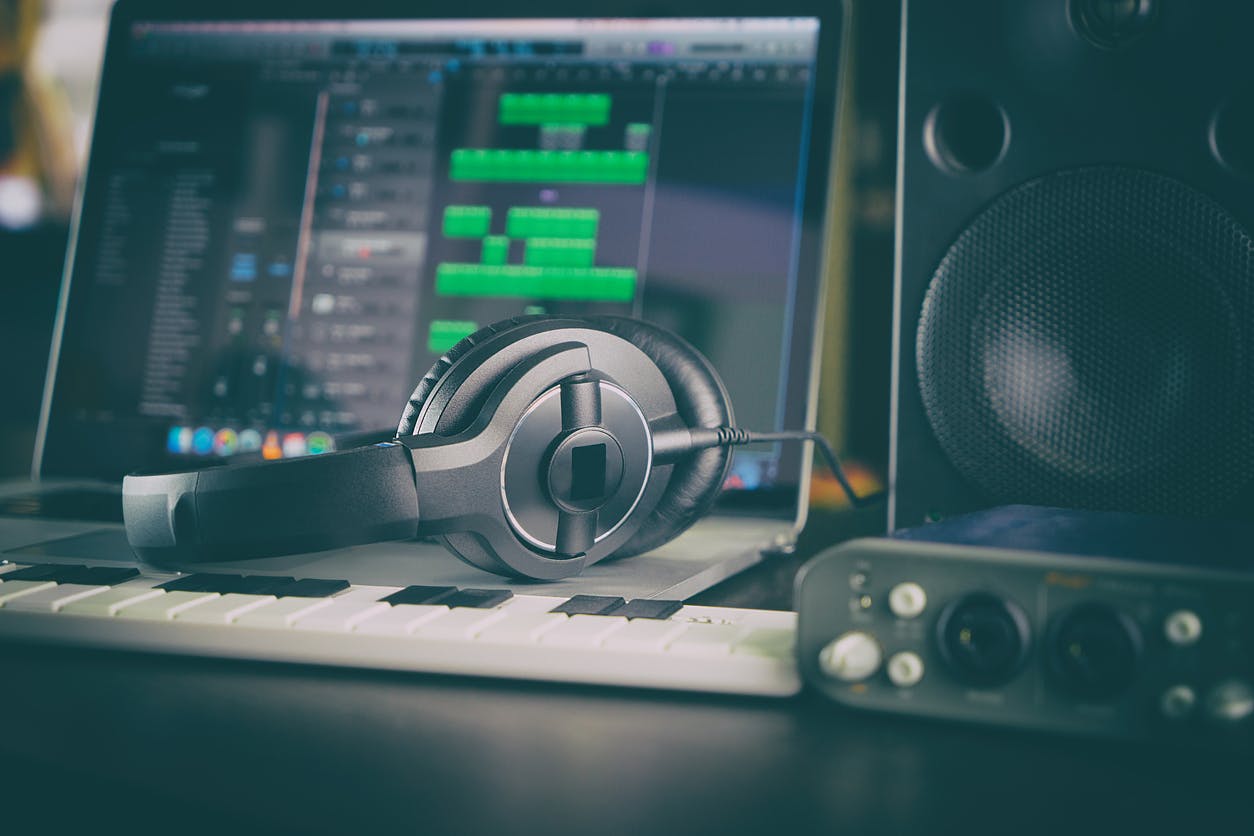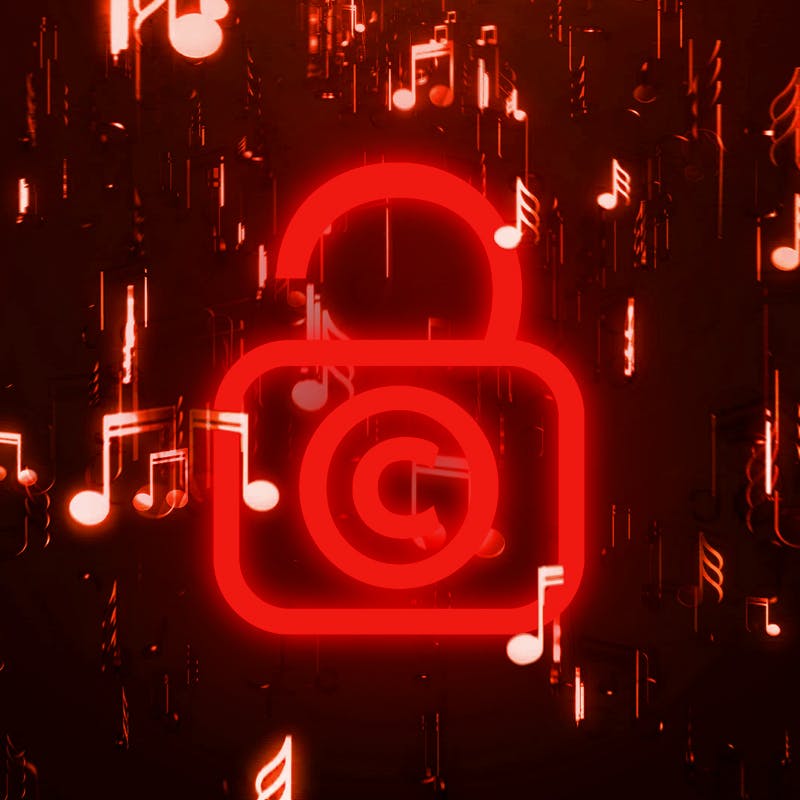
Beyond the beat: Decoding the era of modified audio
From accelerated tracks to innovative remixes, discover how technology is reshaping music creation and consumption....

The internet has fundamentally revolutionized how fans engage with and produce music. What once was a one-way stream of content from labels and artists to passive audiences has now morphed into a bustling ecosystem where everyone can be both a creator and broadcaster. This transformation has birthed a deluge of user-generated content (UGC) – from covers and remixes to samples, parodies, AI replications, and even track speed alterations.
Although initial solutions like ‘Content-ID like’ filters for UGC and Digital Service Providers (DSP) are widely employed, they hardly offer a comprehensive solution. Legacy Automatic Content Recognition (ACR) providers that rely on traditional audio fingerprinting are increasingly falling behind the curve.
While this eruption of ingenuity provides tantalizing avenues for discovery, promotion, and artistic expression, it’s impossible to ignore the intricate copyright quandaries it spawns. A significant portion of UGC is derived or repurposed from copyrighted sources. As the wave of UGC swells in the streaming epoch, the music industry grapples with striking harmony between safeguarding creator rights, allowing innovative endeavors, and respecting copyright tenets.It’s worth noting that the systematic tracking of potentially unlicensed covers and other tracks using copyrighted content without permission isn’t easily accessible to all stakeholders such as labels, publishers, and distributors. The technology for this is costly. However, Ircam amplify is addressing this issue by offering solutions tailored to the needs of these rights holders.
Emerging as a game-changing solution in this complex landscape is Ircam amplify. Leveraging decades of research from IRCAM, one of the world’s leading institutions for research in music and sound, Ircam amplify offers an automated way to identify, locate, and qualify every use of copyrighted audio across content-sharing platforms.
Beyond just locating suspicious content, it’s crucial to identify formal copyright infringements in modified audio and to furnish reports with maximal information, such as changes in speed, samples used, and timestamps within the track. Only the most advanced technologies like Ircam amplify have the capability to guide decisions regarding claims with this level of detail.
Covers – fans interpreting and uploading their own versions of chart-topping tracks – rank among the most prevalent forms of music UGC. Platforms like YouTube and TikTok teem with amateur cover renditions. While many of these exist without proper licensing, some manage to amass views in the millions, propelling obscure artists into the limelight.
Surface-level, covers might seem beneficial for original copyright holders due to the exposure they offer. However, from a legal perspective, covers stand as derivative works necessitating licenses. The ubiquity of unlicensed covers signifies potential revenue and control slips for the original rights holders.
Further complicating matters are the modifications to original recordings, such as speed alterations, remixes, or using only specific segments of tracks. These practices hover in an ambiguous zone between potential infringement and valuable exposure, prompting questions about just compensation for rights holders when fan versions garner significant attention.
In the realm of US copyright law, some covers might secure a « fair use » label if deemed transformative. However, in most nations, unlicensed covers remain a contentious issue, highlighting the pressing need for revamped legal frameworks. These should accommodate the burgeoning cover creativity while also ensuring original rights holders receive due benefits.
Beyond covers, a vast swath of UGC tinkers with source material via remixing, sampling, and other alterations. Often, these are produced sans explicit permissions. Sampling, now ubiquitous across numerous genres, treads a blurry line when it comes to licensing prerequisites.
A stark example is the high-profile lawsuit over « Blurred Lines » by Robin Thicke and Pharrell Williams. The artists faced litigation from the estate of Marvin Gaye, alleging the song borrowed elements from Gaye’s « Got to Give It Up. » This case emphasized the delicate balance between influence and outright copying.
Mashups and remixes, too, reside in legal ambiguity. Despite their transformative nature, rights holders frequently pursue content takedowns. These creations undoubtedly drive promotional vigor and novelty to iconic songs. Yet, the absence of licensing and compensation cannot be ignored.
Ircam amplify offers a robust mechanism for managing this complex issue, enabling rights holders to timestamp every segment of modified and distorted audio, thus allowing them to prioritize their actions effectively.
AI is another disruptor in the copyright landscape. By analyzing catalog patterns, AI technologies can craft uncannily accurate imitations of artists’ unique styles, introducing fresh ownership conundrums. For instance, how does copyright law address an AI-composed track heavily influenced by a copyrighted song but isn’t a direct replica. Ircam amplify, drawing upon IRCAM’s advanced research in audio recognition technologies, offers a nuanced approach to detecting even AI-generated content that’s heavily influenced by copyrighted songs.
Yet, AI’s capability to mimic creative identities warrants deeper ethical introspection. Solutions like content authentication and watermarking can help, but a broader conversation on AI’s place within music copyright is indispensable.
Ensuring content legality is paramount, especially in platforms facilitating mass distribution. Distributors should rigorously verify that content submissions respect all necessary rights to prevent inadvertent infringement. Systems akin to YouTube’s Content ID can be instrumental in this validation process. But while systems akin to YouTube’s Content ID offer some level of verification, Ircam amplify provides an added layer of scrutiny, easily integrating into existing workflows to detect every use of modified and distorted audio.
UGC promises unparalleled creative opportunities but may erode rights holders’ control. By fortifying our copyright infrastructure and fostering accountability, we can preserve this delicate balance. Ircam amplify, backed by IRCAM’s decades of research, positions itself as a go-to player in this evolving ecosystem. As we navigate the digital age’s intricacies, collaboration among tech platforms, artists, record labels, and copyright agencies is crucial. Together, we can forge policies that champion both innovation and creator rights.
Think we're on the same wavelength?